
Home / Information / Gallery
Skateboarding is the act of riding and performing tricks using a skateboard. A person who skateboards is most often referred to a skateboarder or a skater. Skateboarding can be a recreational activity, an art form, a job, or a method of transportation. Skateboarding has been shaped and influenced by many skateboarders throughout the years. A 2002 report by American Sports Data found that there were 18.5 million skateboarders in the world. 85 percent of skateboarders polled who had used a board in the last year were under the age of 18, and 74 percent were male. Skateboarding is relatively modern. A key skateboarding maneuver, the Ollie, was developed in the late 1970s and in the early '80s freestyle skateboarder Rodney Mullen invented the Ollie kick flip.
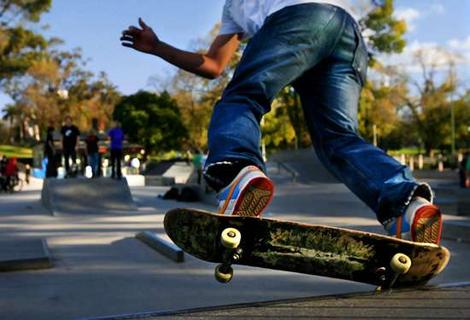
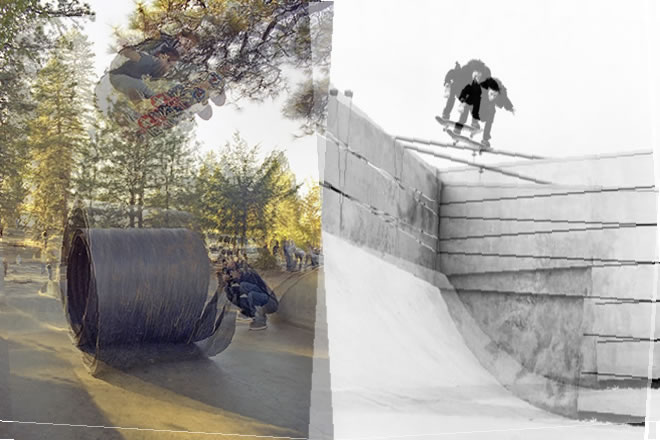
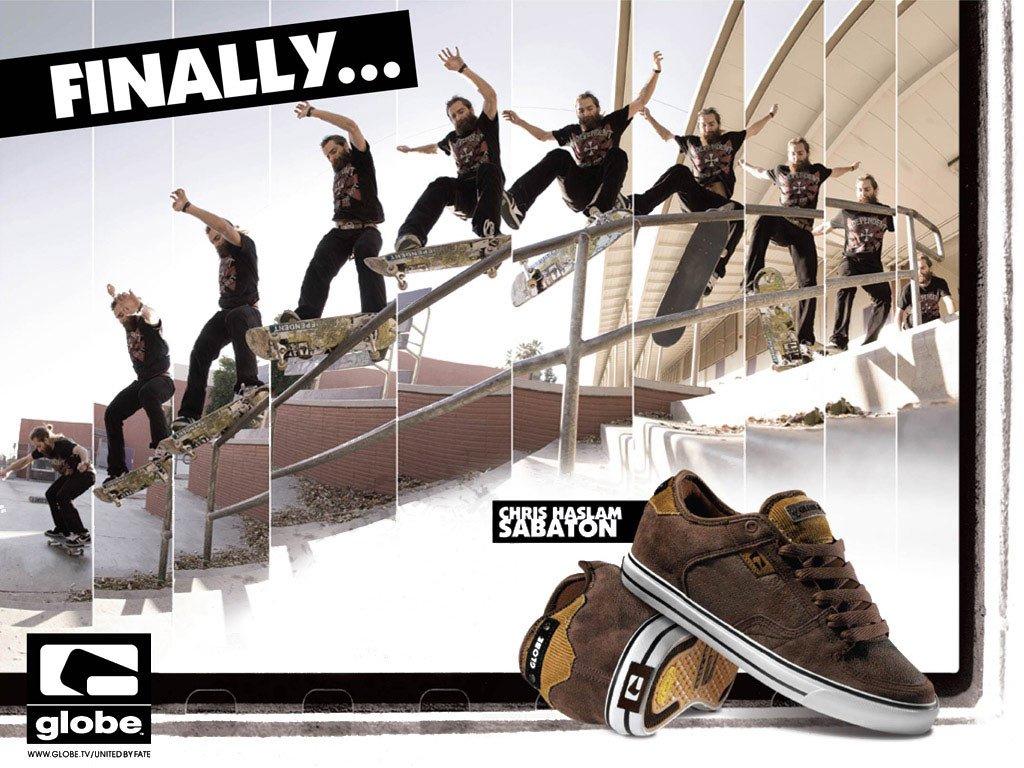
The 1940s-1960s Skateboarding was probably born sometime in the late 1940s or early 1950s when surfers in California, wanted something to surf when the waves were flat. No one knows who made the first board, rather, it seems that several people came up with similar ideas at around the same time. These first skateboarders started with wooden boxes or boards with roller skate wheels attached to the bottom. The boxes turned into planks, and eventually companies were producing decks of pressed layers of wood -- similar to the skateboard decks of today. During this time, skateboarding was seen as something to do for fun besides surfing, and was therefore often referred to as "Sidewalk Surfing". A skateboarder in Nice, France. The first manufactured skateboards were ordered by a Los Angeles, California surf shop, meant to be used by surfers in their downtime. The shop owner, Bill Richard, made a deal with the Chicago Roller Skate Company to produce sets of skate wheels, which they attached to square wooden boards. Accordingly, skateboarding was originally denoted "sidewalk surfing" and early skaters emulated surfing style and maneuvers. Crate scooters preceded skateboards, and were borne of a similar concept, with the exception of having a wooden crate attached to the nose (front of the board), which formed rudimentary handlebars. A number of surfing manufacturers such as Makaha started building skateboards that resembled small surfboards, and assembling teams to promote their products. The popularity of skateboarding at this time spawned a national magazine, Skateboarder Magazine, and the 1965 international championships were broadcast on national television. The growth of the sport during this period can also be seen in sales figures for Makaha, which quoted $10 million worth of board sales between 1963 and 1965 (Weyland, 2002:28). Yet by 1966 the sales had dropped significantly (ibid) and Skateboarder Magazine had stopped publication. The popularity of skateboarding dropped and remained low until the early 1970s.
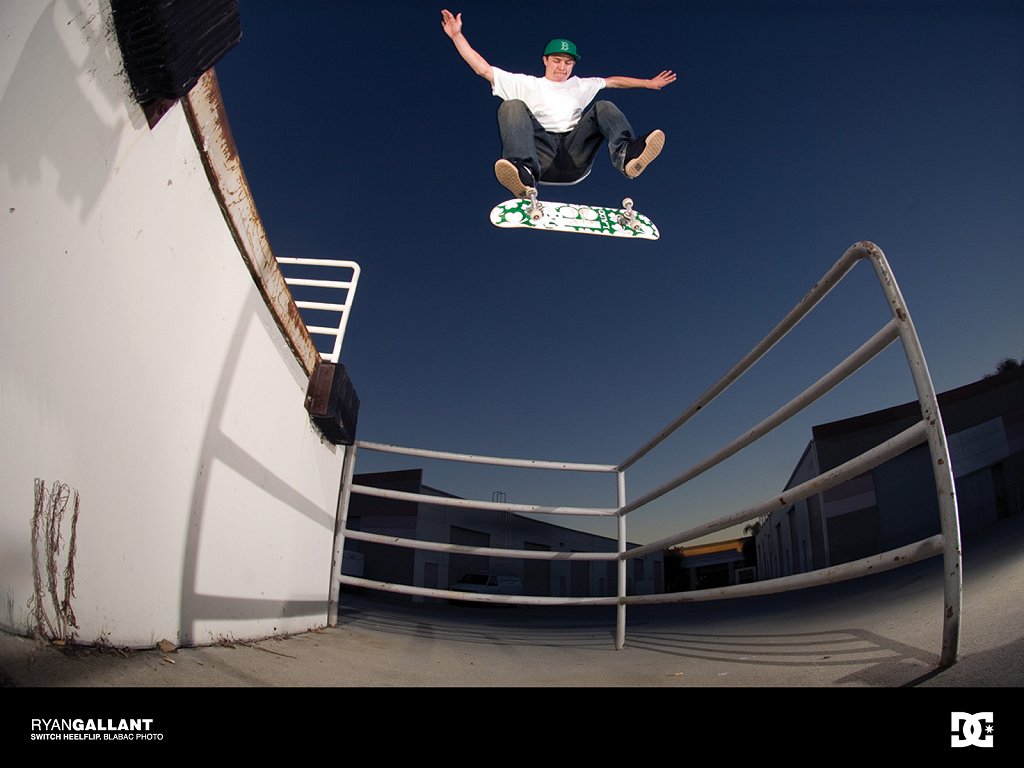
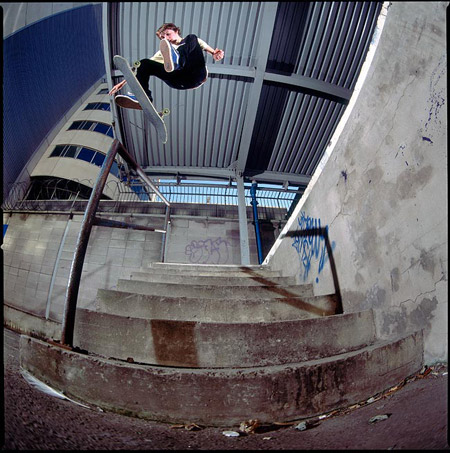
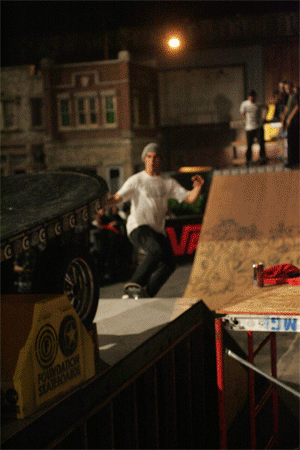
The 1980s A skateboarder "Ollies" over a rubbish bin. This period was fuelled by skateboard companies that were run by skateboarders. The focus was initially on vert ramp skateboarding. The invention of the no-hands aerial (later known as the ollie) by Alan Gelfand in Florida in 1976[6] and the almost parallel development of the grabbed aerial by George Orton and Tony Alva in California in had made it possible for skaters to perform airs on vertical ramps. While this wave of skateboarding was sparked by commercialized vert ramp skating, a majority of people who skateboarded during this period never rode vert ramps. Because most people couldn't afford to build vert ramps or didn't have access to nearby ramps, street skating gained popularity. Freestyle skating remained healthy throughout this period with pioneers such as Rodney Mullen inventing the many of the basic tricks of modern street skating such as the Impossible and the kickflip. The influence freestyle had on street skating became apparent during the mid-eighties, but street skating was still performed on wide vert boards with short noses, slide rails, and large soft wheels. Skateboarding, however, evolved quickly in the late 1980s to accommodate the street skater. Since few skateparks were available to skaters at this time, street skating pushed skaters to seek out shopping centres and public and private property as their "spot" to skate. Public opposition, and the threat of lawsuits, forced businesses and property owners to ban skateboarding on their property[citation needed]. By 1992, only a small fraction of skateboarders remained as a highly technical version of street skating, combined with the decline of vert skating, produced a sport that lacked the mainstream appeal to attract new skaters.